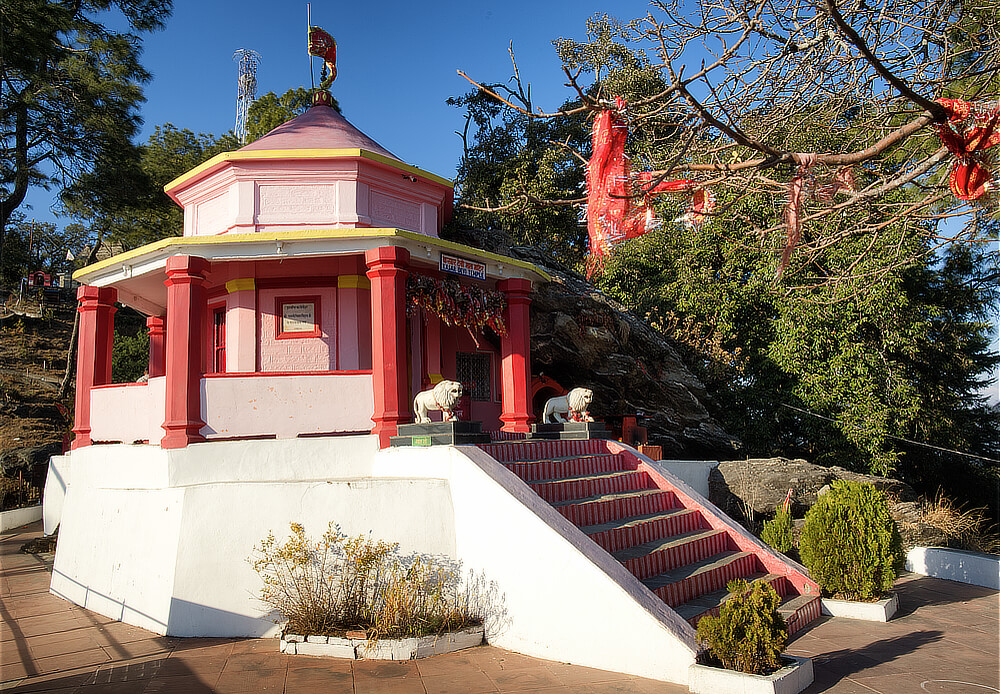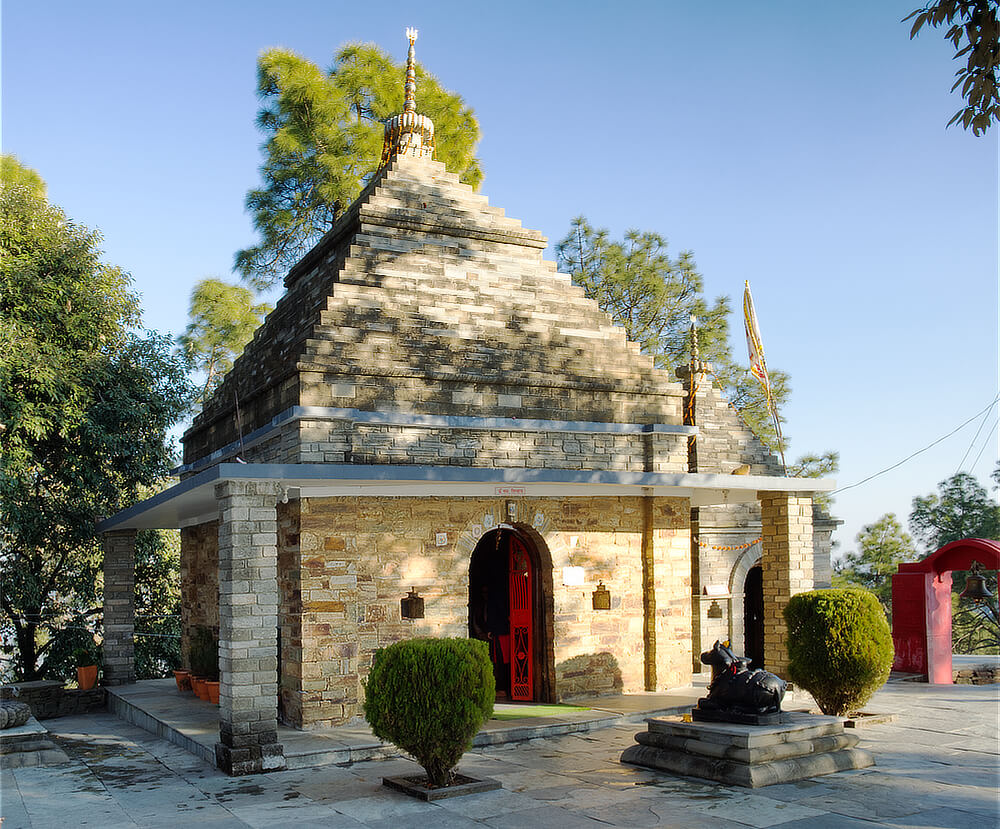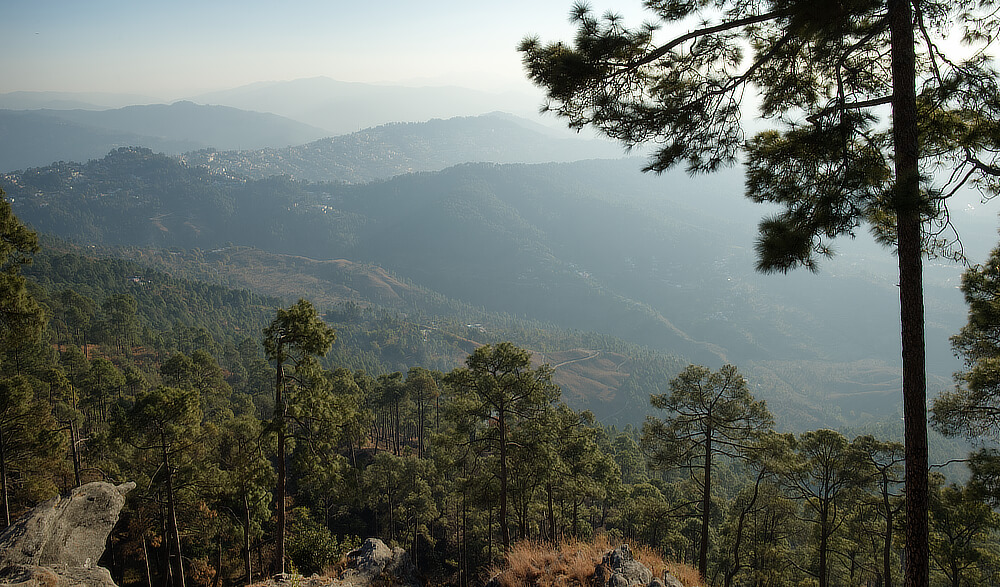On the outskirts of Almora, located on a hill-top is the popular temple of Kasar Devi. Its prominence heightened in the 1890s when Swami Vivekananda graced the region, choosing to meditate within the confines of a solitary cave, thereby elevating the temple’s renown.

The Devi temple is situated beside a substantial rock, featuring a distinctive imprint resembling a lion’s paw—the sacred mark of Maa Durga—etched onto the rock behind the idol. Esteemed by both locals and visitors alike, the temple holds profound reverence in the hearts of those who frequent its sacred grounds.

In close proximity, atop the hill, lie the temples dedicated to Lord Shiva and Bhairava. Connected by a series of steps leading to their sacred abodes, these temples offer a spiritual ascent for all.


This locale gained widespread recognition following visits by notable individuals, including spiritual luminaries such as Swami Vivekananda, Walter Yeeling Evans-Wentz, Sunyata Baba, Lama Anagarika Govinda, and Li Goutami, all of whom chose to stay in the region and engage in meditation. Additionally, various renowned figures and authors have frequented the area, contributing to its allure. Notably, the site gained further prominence during the 1970s hippy movement.

The revered Kasar Devi Fair, a grand event, takes place annually on the auspicious occasion of Kartik Poornima, falling in the month of November/December.

Story of the Kasar Devi Temple
Dating back to the 2nd or 3rd century AD, the temple’s origin is attributed to the revered Yakshas and Gandharvas (Demigods), as mentioned in religious texts. According to the Devi Bhagwat Purana, the courageous Kaushiki Devi slayed the demons Shumbh and Nishumbh at this sacred spot.
Originally constructed in the Nagara style of architecture, the temple met with an unfortunate fate in the early 18th century when it succumbed to a landslide. Undeterred, a new temple was subsequently erected in its place.
Some sources claim that due to the location under the Van Allen radiation belt this place is well suited for meditation. The claim is refuted by many saying that the radiation belts, their crossovers, and their gaps are huge, and pin-pointing a location on earth is done to attract tourists. Recently, a mobile phone tower has been erected in close proximity to the temple, a development that individuals who engage in meditation view as a potential source of negative influence. We can’t comment on this aspect, but for us any place that brings peace to humanity is worth reverence.
In essence, the temple graces a picturesque hilltop, offering enchanting views of the surrounding region. On quieter days, it transforms into an ideal sanctuary for introspection and meditation.
